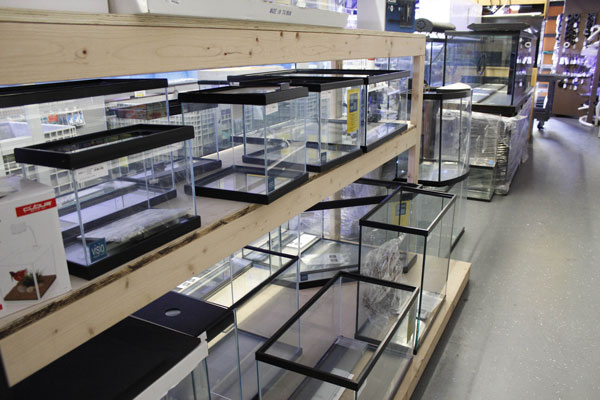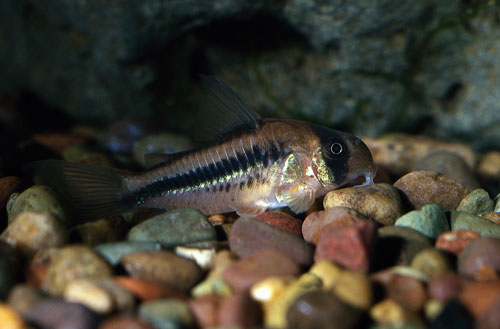I was recently asked by a reader the following question;
"is pond soil supposed to be good for use as topsoil? The previous homeowners apparently used pond soil and my lawn does not drain very well at all. The surrounding neighbors all have very sandy soil and they do not seem to have this problem. Any advice?"
Yes, I do have some advice. Call up the previous owners and politely ask them what on this green earth they were thinking when they laid that slop on top of your property. Of course, they may not answer so politely, so allow me to expound upon your issue and direct you in a more constructive approach.
The soil at the bottom of ponds can have a whole host of problems that do not make it ideal for a home lawn situation. Aside from fish poop (my 7 year old son dared me to work the word poop into a column. Now he has to let me beat him in a video game just once), there are problems with iron, clay, and anaerobic bacteria (my 9 year old dared me to work the word anaerobic into a column. He is just strange). But at the basics, ponds exist because the soil at the bottom does not drain. Why someone would get the bright idea that this impermeable (my wife dared, oh forget it) muck might create a good lawn growing medium is beyond me, but I have heard of this issue before.
Given that the neighborhood seems to be a sandy one, I am going to conveniently jump to the conclusion that the pond slop was spread on top of sand. That would bolster your description on non-drainage nicely. Whenever you lay a finer textured soil (like the scientifically named slop) on top of a coarser textured soil like sand, you create what is known as the Sponge Effect.
Take a sponge and get it nice and wet. Now lay it on top of a cooling rack so it is essentially suspended in air. What happens? The sponge holds onto the water pretty well. In fact, most of the water will eventually leave the sponge through evaporation, not drainage. The pond soil on top of the sand acts in exactly the same way. Now, make a stack of five or six wet sponges. Aside from garnering strange stares from the rest of the family, what happens now? The top several sponges will drain down into the lower ones, at which point the lower ones become over-saturated and drain out onto the counter and drip down the front of the cabinets onto your shoes. This is the ideal drainage you want to have in your lawn, and it results from having a nice deep, uniformly textured soil layer.
So, what to do? The first option is to just have the lousy stuff scraped off and carted away. Since I do not know the dimensions of your yard, I don not know just how feasible this option truly is. It may end up being pretty costly. The other, less expensive option would be to simply roto-till the pond soil into the underlying sand. This way, you will not have that defined layer difference that is the root of your drainage problems. Instead, you will have a more uniformly mixed up blend of 1/2 pond soil and 1/2 sand. The water really should not have a problem draining through that. Once you have fixed the layering problem, you can either re-seed or sod to get a new lawn in place.
Thanks for writing in! And Dad, if you are reading this, antidisestablishmentarianism. You owe me a beer.

 Five Tips for Freshwater Aquarium Success
You spent countless hours researching the latest products to
Five Tips for Freshwater Aquarium Success
You spent countless hours researching the latest products to
 Aiptasia
Q. I have Aiptasia all over my aquarium and have been
Aiptasia
Q. I have Aiptasia all over my aquarium and have been
 Top 10 Fishkeeping Mistakes
Aquarists can say they’ve never made a mistake in their fish
Top 10 Fishkeeping Mistakes
Aquarists can say they’ve never made a mistake in their fish
 Red Worms
Q. I’ve seen advertisements for red worms as a food for fish
Red Worms
Q. I’ve seen advertisements for red worms as a food for fish
 Cleaner Wrasse
Cleaner Wrasse